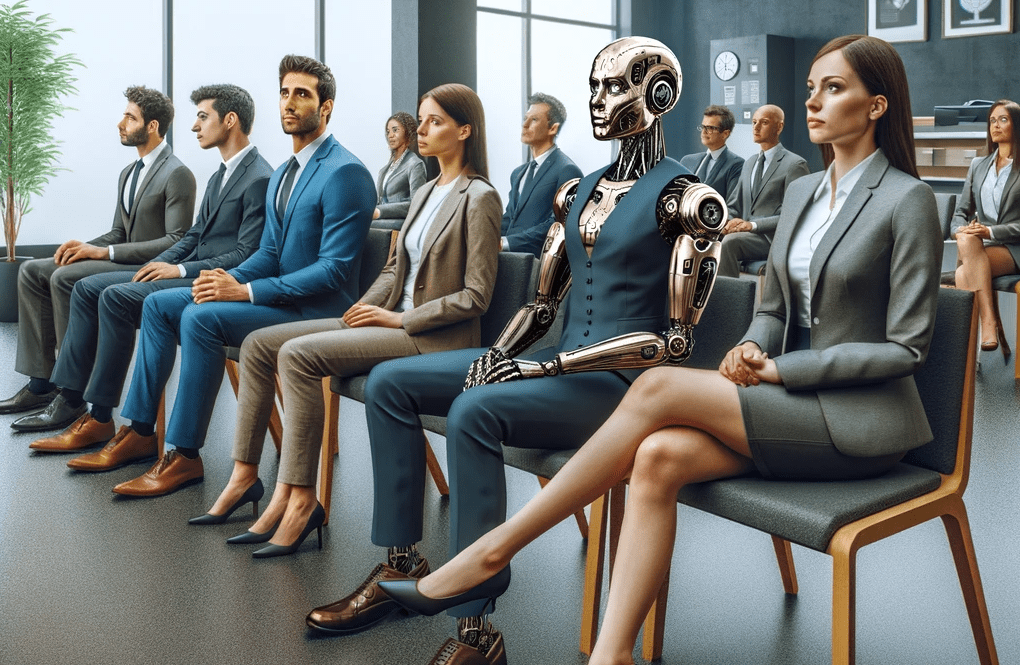Is it Time to Update the H in HR?


There’s an unprecedented shift happening in the HR profession right now, and to properly articulate it we’re going to have to revisit the basic role HR plays in the economy.
Much of economic theory is based on what are called the ‘factors of production’. They are traditionally, land, capital, labour, and more recently, entrepreneurship. Now, I’m not an economist, but I am an HR professional, and traditionally HR has been the source and steward of one of these vital economic inputs, labour.
Generative AI is disrupting this. Capital in the form of Generative AI, is increasingly becoming responsible for knowledge work outputs which were once entirely human labour driven. As a result, the Human Resources professional is at risk of becoming sidelined in this shifting landscape of labour. As business needs evolve, we may need to consider if ‘Human Resources’ is a broad enough title to encapsulate where these changes are taking the profession.
When I look back on my career, I’ve often been approached with unsubstantiated headcount increase requests. For years I’ve leaned on my own gap analysis system to validate these requests and avoid overhiring.
This gap analysis involves summarising the business problem to solve and identifying the type of gap it represents, i.e. strategy, structure, connection, capability, and/or capacity. For example, if we find a capability gap, I would suggest the possibility of internal or external training for existing staff or the outsourcing of a specific function in lieu of hiring. If it was found to be a connection gap, well, perhaps a relook at our communication tools, meetings, or processes is needed. If however, we find the business gap to be both one of capability and capacity, that almost always indicates we need to hire a person, or at least it did. Now, when considering labour solutions it must also be asked, ‘what AI tools exist in this domain and can we augment our existing labour with AI to close this gap?’
This is different from any other knowledge labour solution before it. All previous solutions I’ve mentioned involve investing either directly or indirectly in human labour. Investing in upskilling people, investing in tools to make people more efficient, investing in external consultants, and so on.
Despite much of what is being discussed about Generative AI making workers ‘more efficient’, it does not make human labour more efficient in the same way as a new CRM or email software does. These traditional software tools streamline human labour, AI replaces it.
Of course, these AI labourers will still need people providing them with work duties, authorising their actions, and providing them with needed resources. But, perhaps pause to consider that what I just said is the same language we would use when onboarding a new employee.
While not yet capable of replacing significant human knowledge labour, Generative AI is expanding rapidly. Large language models (LLMs) are increasingly stepping out of the confines of content creation with the help of large action models (LAMs). LAMs allow AI to interface with any of our software applications. The age of “Hey Google, please order us our usual office pizza lunch on UberEats, and make sure it arrives by 12:30”, is here. There are also advancements in Edge AI, which is the expanding integration of hardware specialised to run generative AI in everything from smartphones to servers. No need to run models in the cloud anymore, keep your data and AI safe and local.
So, here we are, and AI has entered the ‘labour market’. This does not mean that human knowledge labour is growing insignificant. Top talent will always be in demand, but its effective scope is narrowing. If the HR profession wishes to keep its role as the source and steward of labour into the future, folding AI integration into our practice is now essential.